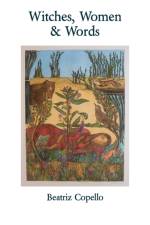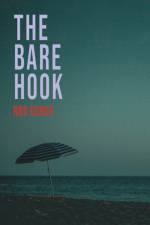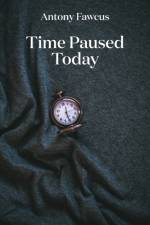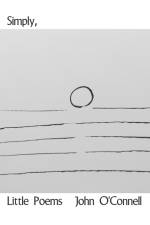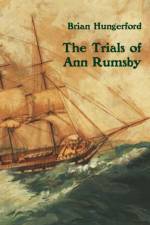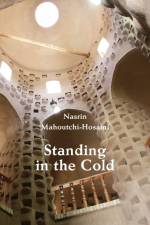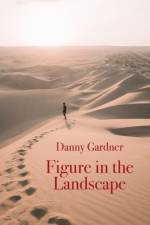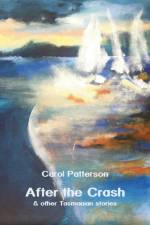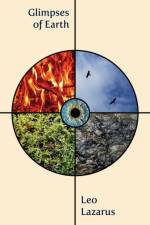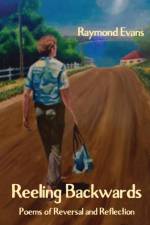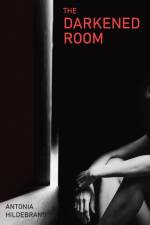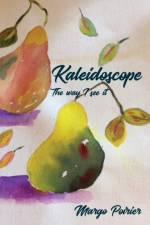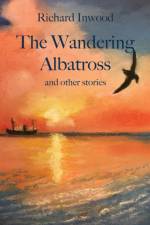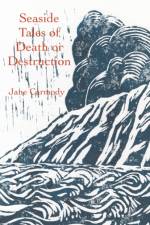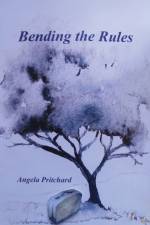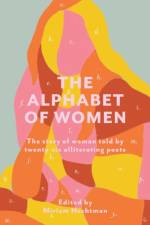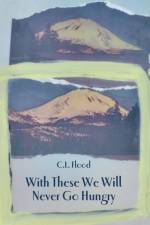av Danny Gardner
289,-
Responses to poems in Figure in the Landscape - Dirk Kruithof, commenting on the poems about art/artists and music/musicians'Danny's poems are compellingly enjoyable. (I've just raced through those, have you got any more?) They are human, perceptive and idiosyncratic - he's not afraid to cut through the lazy conventions of thought.'George Clark, responding to the sequence 'Spain, Are you Here (early 1980s)''There is so much poetry in Spanish history! You have caught it like Laurie Lee in his book A Rose for Winter. The surly Basques are there too and the Duende: 'be aware that Death comes to all.' The last line in your sequence - 'We all have a Spanish mother' - is a great compliment to all our mothers. You have created windows in time.'Les Wicks, responding to poems with turns of contemporary commentary - a wide mix'Really excited revisiting your work. There is a realism that is sharp enough to wound. But always engaged, human.'Martin Langford'These poems vary from personal experiences and travel accounts (south-west Tasmania, the Finke River) to meditations on historical events. Often the poems seize on potent images: a blanket made from human hair in Auschwitz, the nightmare of Jan Pelgrom de Bye, put ashore for mutiny on the WA coast in 1629 or Reinhold Messner's pursuit of the Yeti. They are poems with a contemporary imagination and curiosity, containing both a stubborn political insistence and a very modern doubt about the direction of history and the speaker's relationship to the landscape.'Philip Radmall, responding to the sequence 'From Arles, Provence''The beautifully crafted realism of these poems is both personal and relevatory. We are drawn gently into the intimacies and particulars of Vincent's world, the physical, every day world around him - and then take a new breath at the profundity and vulnerability inherent in each encounter with it. Each poem is a dazzling vignette, a direct insight into an artist's passion, into the questionings and realisations of a man travailling but rejoicing in the great mysteries of art and life.'Philip Radmall, responding to the sequence 'Thameside Cohorts (early 1980s)'In each poem we meet with vivid, eye-opening images that come off the page and whirl about us as we thrill to the bold realities of 1980s London: rough streets, run-down train stations, boxing gyms and seedy East End rooms, and all the visitants of these, illumined with a stark, backlit grunge that is raw, confronting and alive. We too become the visitants here, haunting the same sights, sensing the same offerings - so evocative is the journey through.'

